#cuben fiber
Text
youtube
2 notes
·
View notes
Text
Fascinations
bolstr® Small Carry in White Dyneema. Get your spring and summer fascinations on early—minimal asymmetrical design with 3.7 liters of pure everyday carry joy.
Model: @grantknoche
#bolstr#minimalistbag#sustainability#manbag#satchel#edcbag#everdaycarry#edc#minisling#crossbodybag#manpurse#pocketdump#minimalist#whitebag#grantknoche#street style
1 note
·
View note
Text
Lightweight Floorless Shelter - Viam Outdoors
Silnylon, a liquid-silicone-injected ripstop nylon, was the ultralight gold standard until the development of Dyneema (formerly Cuben Fiber), which offers an amazing strength-to-weight ratio in a thin fabric. As such, it’s no surprise that some of the lightest tents on our list use Dyneema fabrics.
0 notes
Photo
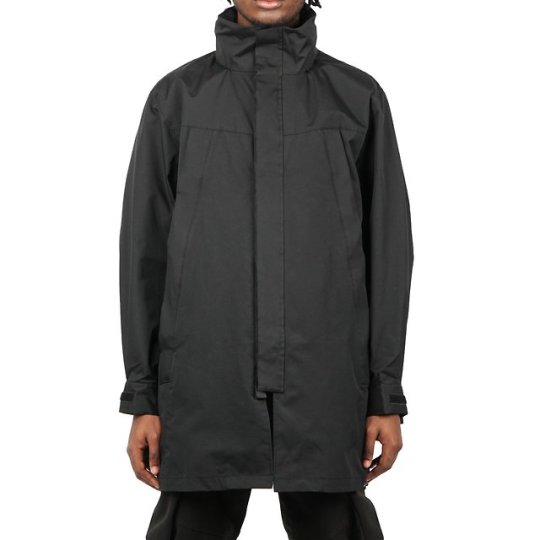



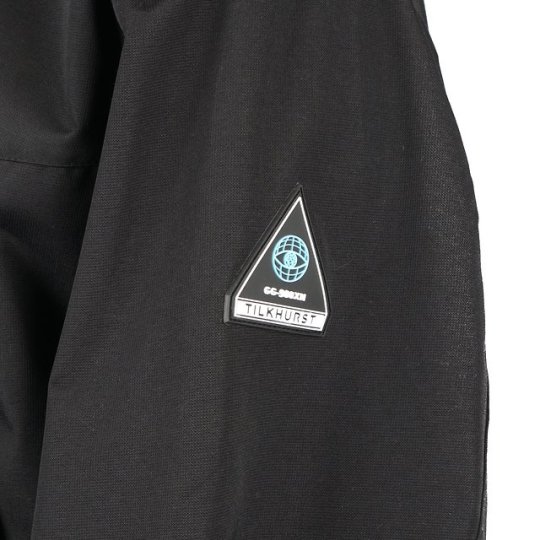

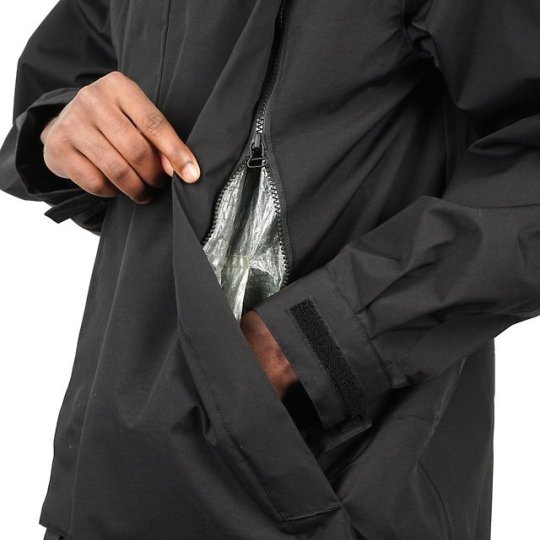
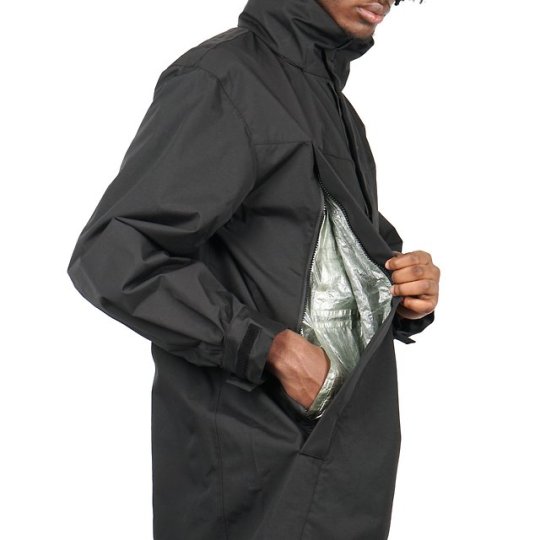


GUERRILLA GROUP EAGLETEX Nylon Memory Reflex Jacket
12 notes
·
View notes
Photo
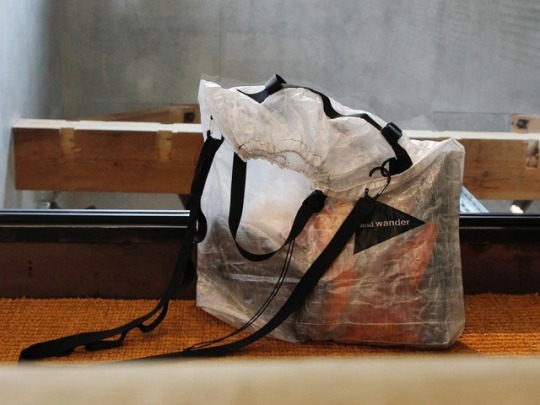
https://www.instagram.com/vendor_insta/?hl=en
44 notes
·
View notes
Photo


RUNNING style 2017/12
6 notes
·
View notes
Text
SPAW day 4; diy backpack
on wednesday I finally finished up my backpack ive been working on for about 2 months now :) Its about 46 liters and im hoping to take it on camping and backpacking trips this summer
I made it entirely out of things I already had, including a pair of old ripped overalls, parts from my old falling apart backpack, parts from all the random fanny packs I had for some reason but never used, and a bunch of miscellaneous fabric, buttons and thread ive acquired over the years from many different grandmas (@ all the old ladies I met at the 2020 quilt show just before quarantine, I miss you...) so aside from the time I put into it this backpack literally cost me zero dollars.
Heres some pics cus im rly proud of it
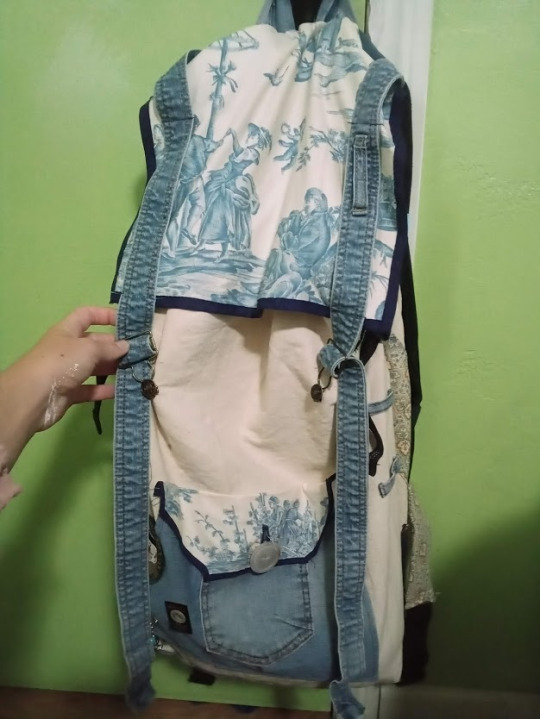

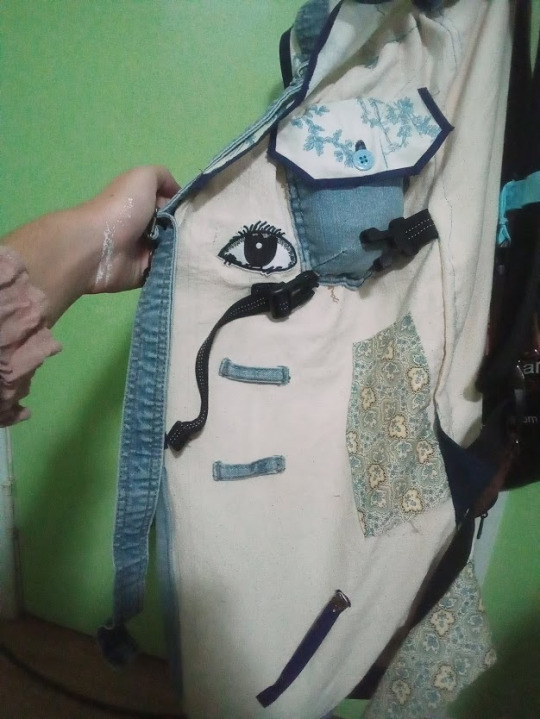

And for anyone interested in making their own backpack, heres all the different resources I mixed and matched information and patterns from
http://www.mountainultralight.com/2011/09/make-your-own-cuben-fiber-backpack.html?m=1
https://www.instructables.com/How-to-make-a-backpack/
https://geekprepper.com/backpack-sizes-cubic-inches-vs-liters/?amp=1
https://diygearsupply.com/diy-guides/backpack/
5 notes
·
View notes
Text
Jared’s 650b’d Homer

Former Riv Mechanic, now Oakland machinist Jared came by today with his old Homer that had been stolen and finally returned to him. He wanted bigger tires so he had canti posts tig’d on and now can fit 48mm GravelKings. It looks and rides great and according to him soaks up the bumps on Bolinas Ridge a lot better than the 40s he had on there before.
He loads up the BXB bag with a cuben fiber bivy (just in case of mosquitos), a 15 oz down quilt, and an ultra lightweight sleeping pad and spends weekends biking around Marin and stealth camping.
I love the big honkin dent on the top tube. I’m glad this bike made it’s way back to him; he puts it to good use.
-will


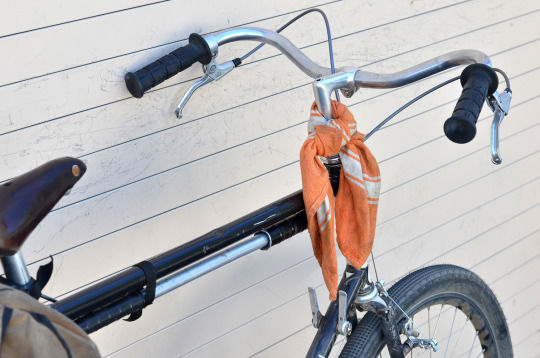
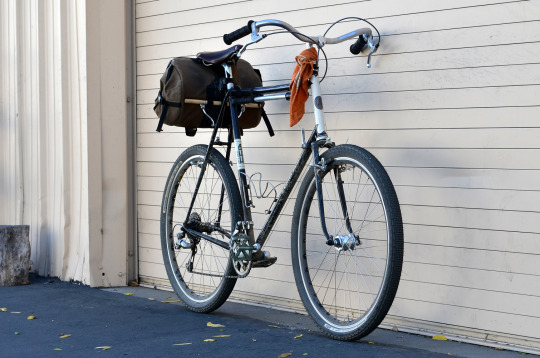
22 notes
·
View notes
Text
Hammock Camping In The Rain – Proper Guideline For Hammock Lovers
Hammock camping in the rain?
Sounds wired! Right?
Yes, If you are adventurous hammock campers or a beginner, one must experience hanging in the rain in the middle of the wood. But Hammock Camping in the Rain is not bad at all.
If you are an adventurous hammock camper, then foul or rainy weather, can’t you stop to go in camping. Naturally camping in the fall season is not only an excellent and beautiful time to go but also ensures calming scenery to enjoy, which are surroundings around you.
But Hammock Camping in the rain can be the toughest job and becomes a problem for campers to stay dry in the rain. But that Does this mean that you shouldn’t go for camping in the rainy season or should pack up and go back home.
Despite that, by using the different gears and hammocks, you can easily make your Hammock Camping in the rain enjoyable and also memorable. So let’s check it.
Guideline on Hammock Camping in the Rain

To make your Hammock Camping comfortable, secure, and dry in the rain, follow this complete Guideline on Hammock Camping in the rain. This guideline gets you a perfect shelter and ensures to stay warm and dry on rainy days and nights out in the woods with the hammock.
Select the Right Tarp or Rain Fly
If you are camping in wet or rainy weather, purchase the hammock tarp or rain fly to get protection from the rain. There are various designs, sizes, styles, and brands of tarp available in the market.
A waterproof rain fly not only keeps you warm and dry but also sheltering you from the cold wind, rain, snow, and whatever cold elements nature throws your way. You can find some awesome hammocks with mosquito net also. But don’t forget to check the tarp before going camping.
Perfect Tarps Size
Tarp Sizes of the hammock should be eight to12 inches more extensive than the hammock and must cover the end of the tarp. It makes your hammock stay dry. Otherwise, water will soak the hammock all night, and a wet hammock isn’t good for sleeping. For backpacking hammocks, a 12ft long standard size tarp provides enough coverage to cover and also offers excellent service.
Moreover, it is lighter and easy to carry around. A more massive tarp will provide excellent coverage in a nasty storm, but it is challenging to move around because of its extra weight. So, when selecting the tarp size, must consider these few factors.
Choose the Perfect Tarp Styles
Usually, these Styles of hammock Tarps are found in the market, such as- rectangular, asymmetrical, hexagonal, centenary, or diamond (square) shapes. According to the style, they have a different form, different kinds of setup and anchor points, and also provide you different coverage.
Rectangular tarps
This is the most common type of tarps used in hammock camping. These tarps have four anchor points that are tied into hammock’s ridgeline and set up parallel to the hammock. Then the four anchors are staked to the ground, and it looks like a tent. As the hammock goes under this type of tarp, so it provides excellent coverage to the ends. But ventilation is limited in this trap, and it takes too much space. So it becomes over-weight and burdens in the wild.
Hexagonal tarp
This trap is like a regular rectangular tarp, but the corners of this trap are wrinkling inwards. So there’s no flapping sound, and rain can easily roll off the tarp. Because of its six anchor points, it is also known as hex-cut tarps. The ventilation system is good in this trap, and less material makes it lighter. But it is more expensive than rectangular tarps.
Asymmetrical tarp
Usually, these traps are narrow and diagonal and are suitable for a symmetrical hammock. These are not for the rainy season. It’s for casual or summer season.
Catenary Tarp
These types of traps are suitable for any kind of weather and are better from the hexagon and rectangular trap. Its unique curved cuts make it less weighty, reduces material usage, and easy to carry. It is one of the most versatile rainfly which doesn’t need ant ridgeline.
Because it’s especially cutting curved, it gives more coverage and doesn’t make any sound of sagging and flapping. Though it a little bit expensive but for hammock lovers, it is the best for camping.
Diamond (square) tarps
This square trap has only two points. So it is easy to set up, less weighty and suitable for rain coverage. This trap is much like rectangular, but the ridgeline is running down in the midline of the tarp. So it runs down the diagonally. It mainly provides end coverage of the hammock.
Hammock Tarps Material
Polyethylene, silnylon, and cuben fiber- these three materials are usually used for making hammock tarps.
Polyethylene
These tarps materials are easily found in any hardware store. They are budget-friendly, versatile, and also durable. But this tarp is very heavy to carry around and makes a lot of sound in windy or rainy weather. Polyethylene is an excellent choice for once backpacker or wagon camping.
Silnylon
These Silnylon tarps are made by silicon and nylon materials. So this material makes it lightweights, durable, and extremely waterproof. It is expensive than the basic plastic tarp but becomes popular among hammock campers.
Cuben fiber
Cuben fiber made from Ultra High Molecular Weight Polyethylene, which is exceptionally light, waterproof, and is tough to rip. This material makes it expensive than other materials. For the longtime backpacker, cuben fiber will be a good option.
How to Pitching the Tarp
Pitching a tarp will be easy if you practice it at home. Because you don’t want to get yourself or your hammock or hammock gear get wet in rainy weather. So to stay dry first don’t waste time and pitching your tarp first-
Hang the ridgeline
To keep hammock and essentials dry, first set up the tarp at each side at a different height. So water flows smoothly off the tarp. Then create a tarp ridgeline, which should be lower on the trees than the hammock suspension. Then create V with the guy lines to provide room for your hammock suspension.
Set the guy lines
Once the tarp is draped over the ridgeline, must secure it down with guy lines. Guy lines must be staked to the ground or secured to nearby supports like trees.
Use Drip Lines
Drip lines are tied to ridgelines to prevent rainwater droplets across the hammock and keep the water flowing down. Because of this, the water will come down from the drip line; instead of reaching the hammock, the water will be dripping to the rope.
How to Stay Comfortable in rain
Usually, it feels cold in rainy weather. So to stay warm, dry, sleep comfortably throughout the night and also enjoy nature properly must equip yourself with proper insulation, clothing and take these different tactics.
Always stay dry
Before entering into the hammock, you have to make sure that your clothes are dry. If they are damp or wet, you have to change them. Otherwise, your cozy, dry hammock becomes wet. Also, don’t wear an overdress inside the hammock. It creates overheat, sweat, and freeze. So before going inside the cozy hammock, take off your outer layer.
Sleeping pads
The hammock itself is one kind of sleeping bag. Then put a sleeping pad underneath it. This will add an extra layer. And these pads are a surefire way to keep you warm and maintain heat throughout the cold nights.
Foil blankets
Foil blankets reduce heat loss from the body. It captures the heat, keeping it near the body, and keeping you warm. To get extra comfort in the time of rain, consider hanging foil blanket above the hammock and under the tarp.
Top quilts and under quilts
As the temperature drops in cold or rainy weather, consider these quilts to stay warm. It also adds extra layers of insulation in your hammock.
Final Thoughts
If you are adventurous hammock campers or a beginner, one must experience hanging in the rain in the middle of the wood. But Hammock Camping in the Rain is not bad at all. It also gives you a memorable and enjoyable experience. All you have to do is prepared and handle the situation.
Try to stay dry and warm while the rain rages around you. In rainy weather, nature becomes more beautiful and greener. To enjoy this, choose and use your hammock equipment wisely and makes a pleasant trip.
The post Hammock Camping In The Rain – Proper Guideline For Hammock Lovers appeared first on Outdoor Expart.
source https://outdoorexpart.com/hammock-camping-in-the-rain/
1 note
·
View note
Text
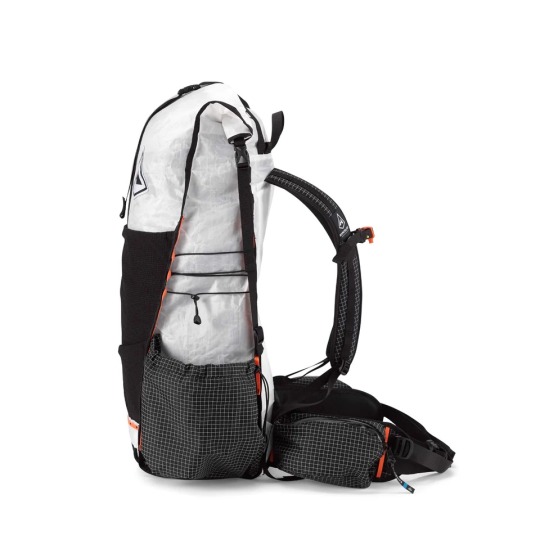
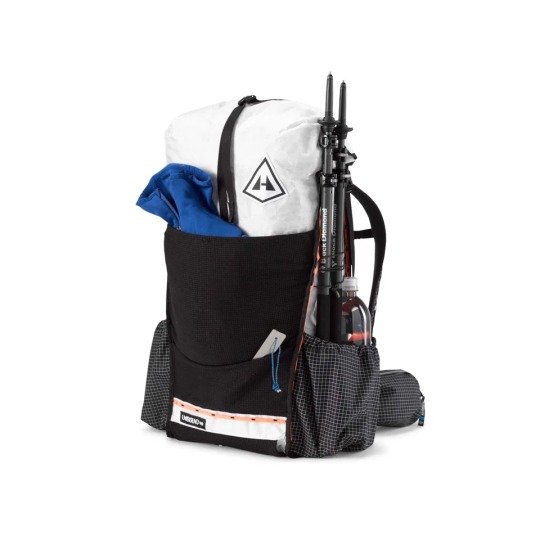

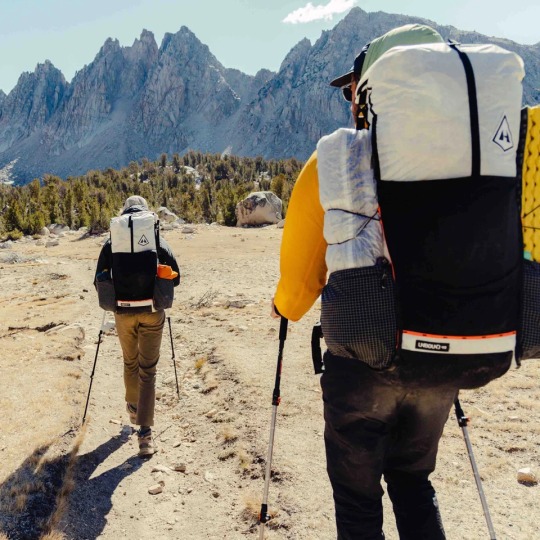
3 notes
·
View notes
Photo

and wander - cuben fiber backpack (white)
Source: monsieuralain.ch
1 note
·
View note
Text
Lightweight Floorless Shelter - Viam Outdoors

A shelter is one of the heaviest items in a backpacker’s pack, so reducing its weight has the potential to make your trail time more comfortable. However, a lightweight shelter might also reduce its durability and storm protection, so picking the right one can be tricky.
The most significant determinant of the overall weight of a shelter is its fabric, and there are many options on the market. The longtime standard has been ripstop nylon, which is affordable and can be made waterproof with a polyurethane coating and seam tape. However, ripstop nylon is not as durable as other fabrics, and it can puncture or tear easily.
To help you find the best lightweight shelter for your fastpacking adventures, we tested several options on the Appalachian Trail and in the Colorado Rockies. While no single shelter performed flawlessly under every circumstance, nine stood out as being light enough for fastpacking and versatile enough to meet the needs of a variety of hikers.
Silnylon, a liquid-silicone-injected ripstop nylon, was the ultralight gold standard until the development of Dyneema (formerly Cuben Fiber), which offers an amazing strength-to-weight ratio in a thin fabric. As such, it’s no surprise that some of the lightest tents on our list use Dyneema fabrics.
Another key factor is the material used to construct the poles and guylines of a shelter. The materials in our test group ranged from 10 to 30 denier, and higher denier fabrics are generally more durable. The 30-denier silnylon on the SlingFin SplitWing Shelter Bundle, for example, sagged less and held up better in wet conditions than the thinner 10-denier sil/PU nylon found on the Gossamer Gear Twin Tarp.
Finally, the size and shape of a shelter can have an effect on its weight. Some freestanding tents, like the Mountain Laurel Designs SoloMid XL, are very large and require two trekking poles for stability. Others are much smaller and designed for solo or two-person hiking. Some are modular and can be built up or down to suit weather and terrain.
Lastly, some shelters can be enhanced with modular add-ons like bug netting or floors to increase functionality and comfort. These add-ons can be quite heavy, though, and you should always weigh them against the total weight of your shelter to determine if they’re worth it for you.
Alternatively, you can also consider bivy sacks and hammocks as ultralight shelter options. Both have a small but dedicated following amongst hardcore adventurers and are great for those not prone to claustrophobia. However, both can be tricky to set up and aren’t legal in all wilderness areas. So if you’re a hardcore adventurer and are willing to take a bit of risk, check out our guide to setting up a bivy sack or our guide to hanging a hammock.
0 notes
Text
3400 Series - 55L Southwest Ultralight Backpack
3400 Series – 55L Southwest Ultralight Backpack
Perfect for bushwhacking adventures, winter excursions or for ultralight thru hikes, we built the minimalist Southwest Pack out of 100% waterproof Cuben Fiber material.
Source: 3400 Series – 55L Southwest Ultralight Backpack
View On WordPress
0 notes
Text
Newton's Hero Costume

The suspenders can be clipped off to be used as an elastic rope for almost any situation. Mostly used for helping people get down from high places.
The visor is to keep debris from getting into his eyes, nothing special
The gloves are made of his DNA, mostly from his hair to make into fibers, and acts the same as the palm of his hands when he touches/grabs an object.
The elbow and knee pads are for protection and the shirt + shorts are made from cuben-fiber.
The boots have an electrical magnet that can be turned on/off to allow more movement around large metal objects.
There is a skin-tight suit, that matches his skin tone, that he wears underneath everything for extra protection.
#bnha#bnha oc#boku no hero academia#boku no hero academia oc#mha#mha oc#my hero academia#my hero academia oc#forces for newton
5 notes
·
View notes

